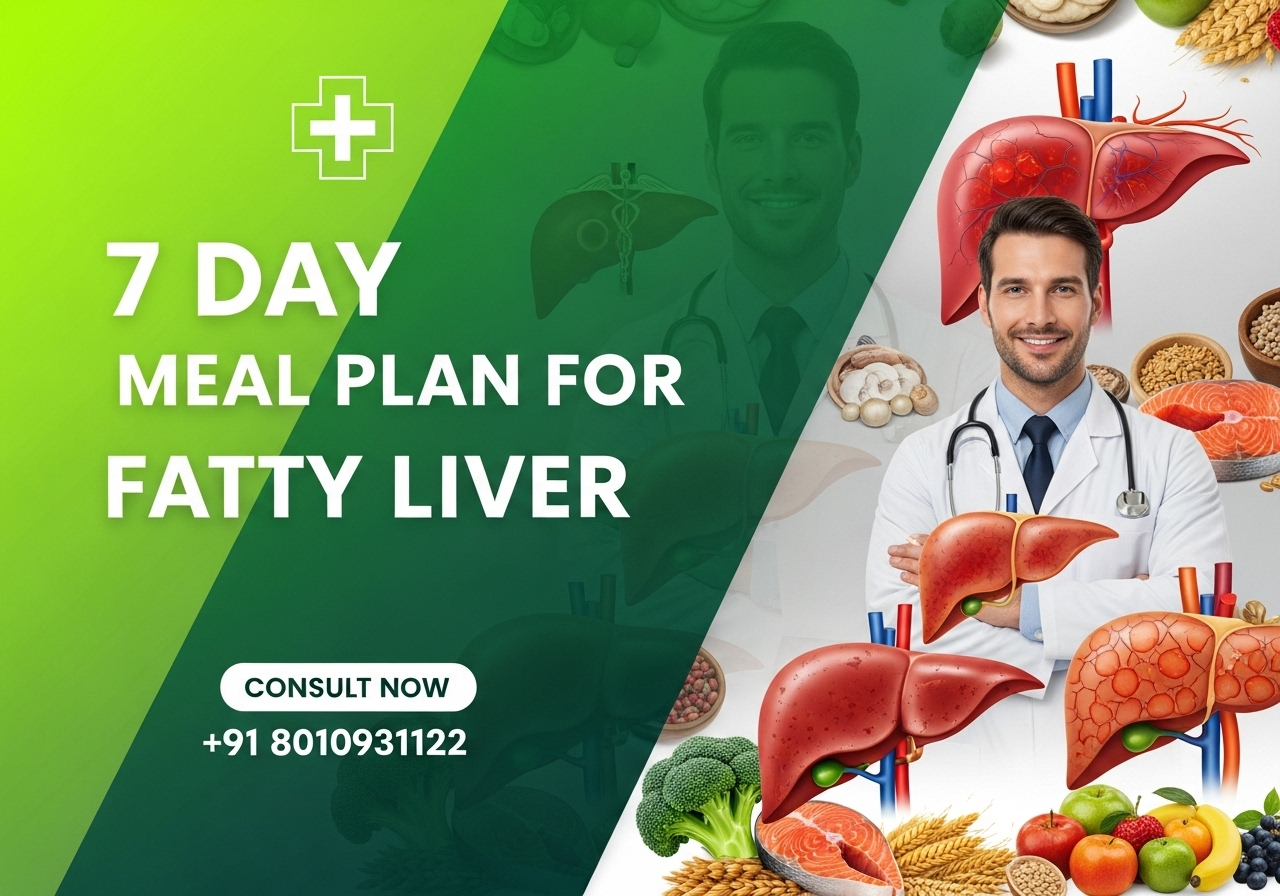Introduction
Fatty liver disease has become one of the most common health concerns worldwide. With sedentary lifestyles, poor diet choices, and rising obesity rates, more and more people are being diagnosed with this condition. But the good news is—in many cases, fatty liver can be reversed. The key lies in making the right lifestyle changes, following a healthy diet, and staying consistent with preventive measures.
Understanding Fatty Liver Disease
Fatty liver, also known as hepatic steatosis, occurs when excess fat builds up in the liver. Normally, a small amount of fat in the liver is harmless. However, when fat exceeds 5–10% of the liver’s weight, it can interfere with normal function. Over time, this may lead to inflammation, scarring, or even serious liver complications if left untreated.
Importance of Reversal
Reversing fatty liver is crucial because your liver is a vital organ responsible for detoxifying the blood, storing energy, and producing essential proteins. Early intervention can prevent progression to severe conditions like non-alcoholic steatohepatitis (NASH), cirrhosis, or even liver failure.
Fatty Liver Symptoms
Common Symptoms
In the early stages, fatty liver often has no noticeable symptoms. However, as it progresses, you may experience:
- Persistent fatigue
- Abdominal discomfort or fullness in the right upper side
- Unexplained weight gain or difficulty losing weight
- Mild jaundice (yellowing of skin/eyes) in severe cases
When to Seek Medical Advice
You should consult a doctor if you notice persistent tiredness, sudden weight fluctuations, or unexplained digestive issues. A routine health check-up, especially if you are overweight or diabetic, can help detect fatty liver early.
Stages of Fatty Liver
Stage 1: Simple Fatty Liver
At this stage, fat builds up in the liver without causing much damage. It is often reversible with lifestyle changes.
Progression to More Severe Stages
- Stage 2: Non-alcoholic Steatohepatitis (NASH): Fat causes liver inflammation.
- Stage 3: Fibrosis: Scar tissue starts replacing healthy liver tissue.
- Stage 4: Cirrhosis: Severe scarring, leading to liver failure risk.
Dietary Changes
Healthy Liver Foods
Eating the right foods can help your liver recover naturally. Some liver-friendly foods include:
- Fresh fruits and vegetables (especially leafy greens, berries, and cruciferous vegetables)
- Whole grains like oats, brown rice, and quinoa
- Lean proteins such as fish, chicken, legumes, and tofu
- Healthy fats from nuts, seeds, and olive oil
- Green tea and black coffee (in moderation) for antioxidants
Fatty Liver Diet Plan
A sample daily plan could include:
- Breakfast: Oatmeal with berries and flaxseeds
- Lunch: Grilled chicken with quinoa and steamed broccoli
- Snack: A handful of almonds or walnuts
- Dinner: Baked salmon with roasted vegetables
- Hydration: 8–10 glasses of water daily, avoiding sugary drinks
Lifestyle Modifications
Fatty Liver Weight Loss Strategies
Losing even 5–10% of body weight can significantly reduce liver fat. Focus on gradual, sustainable weight loss rather than crash diets.
Exercise and Physical Activity
Regular physical activity improves liver function and reduces fat. Aim for:
- 150 minutes of moderate exercise per week (brisk walking, cycling, swimming)
- Strength training 2–3 times a week to build lean muscle
- Staying active throughout the day (avoiding prolonged sitting)
Can Fatty Liver Be Reversed?
Yes! Fatty liver is one of the few liver conditions that can be reversed—especially in the early stages. The reversal depends largely on dietary improvements, regular exercise, weight management, and avoiding alcohol or processed foods.
Medical Perspectives
Doctors may recommend:
- Blood tests and imaging to monitor liver health
- Medications (in specific cases) for associated conditions like diabetes, cholesterol, or high blood pressure
- Regular follow-ups to track progress
However, the most effective treatment is lifestyle modification, which has been proven to reverse fatty liver in many patients.
FAQs
Yes, fatty liver can often be completely reversed in its early stages through diet, exercise, and weight loss. However, advanced stages like cirrhosis are harder to reverse.
With consistent lifestyle changes, fatty liver can improve within 3–6 months. The timeline depends on the stage, overall health, and adherence to treatment.
Avoid sugary foods, fried items, processed snacks, red meat, refined carbs, and alcohol, as these worsen liver fat accumulation.
Brisk walking, cycling, swimming, and strength training are highly effective in reducing liver fat and improving metabolism.
If you have persistent fatigue, abdominal discomfort, unexplained weight changes, or diabetes, consult a doctor for a liver check-up.











Leave a Reply